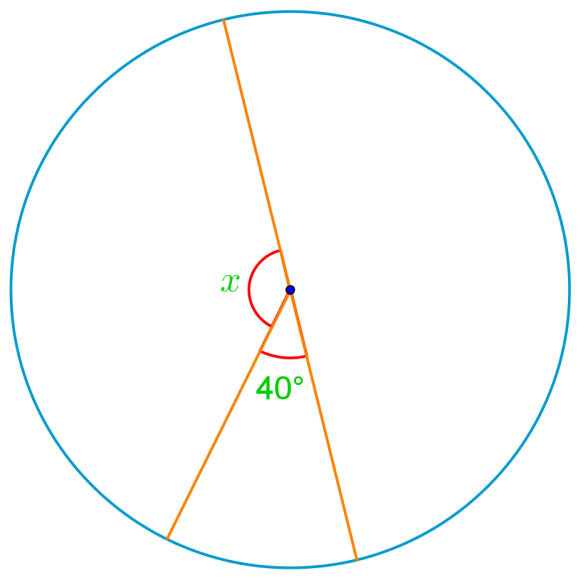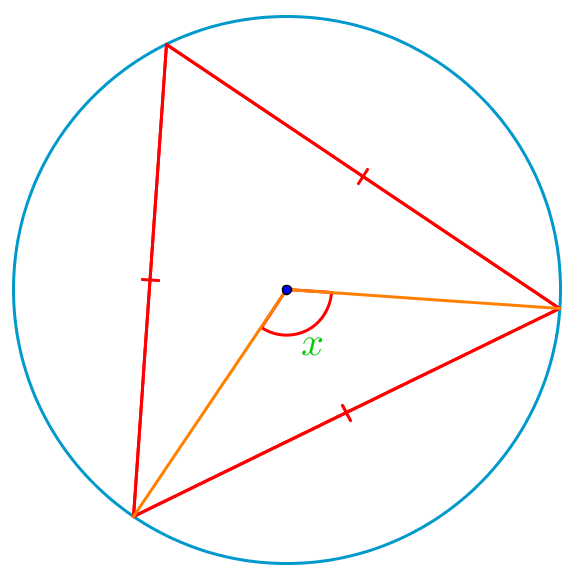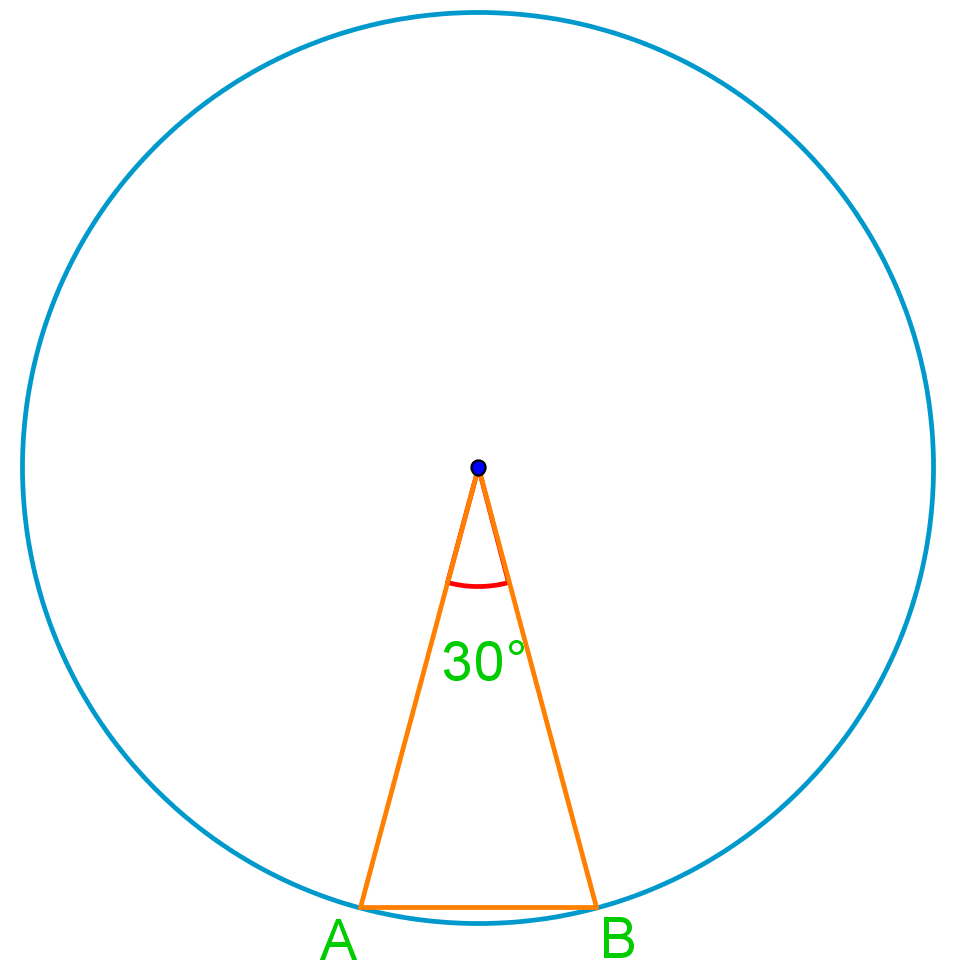Introduction to Central Angles and Proofs in Circles
Central angles and proofs in circles form a crucial foundation in geometry, offering insights into the relationships between angles, arcs, and radii within circular shapes. The introduction video serves as an essential starting point, providing a visual and conceptual understanding of these fundamental principles. Central angles, which have their vertex at the center of a circle, play a pivotal role in determining arc lengths and sector areas. Proofs involving circles often utilize these central angles to demonstrate various theorems and properties. Understanding these concepts is vital for advancing in geometry, as they form the basis for more complex circle properties and applications in real-world scenarios. From architecture to engineering, the principles of central angles and circle proofs find practical use, making them indispensable tools in mathematical problem-solving. As students delve deeper into this topic, they'll discover how these seemingly simple concepts unlock a world of geometric possibilities.











